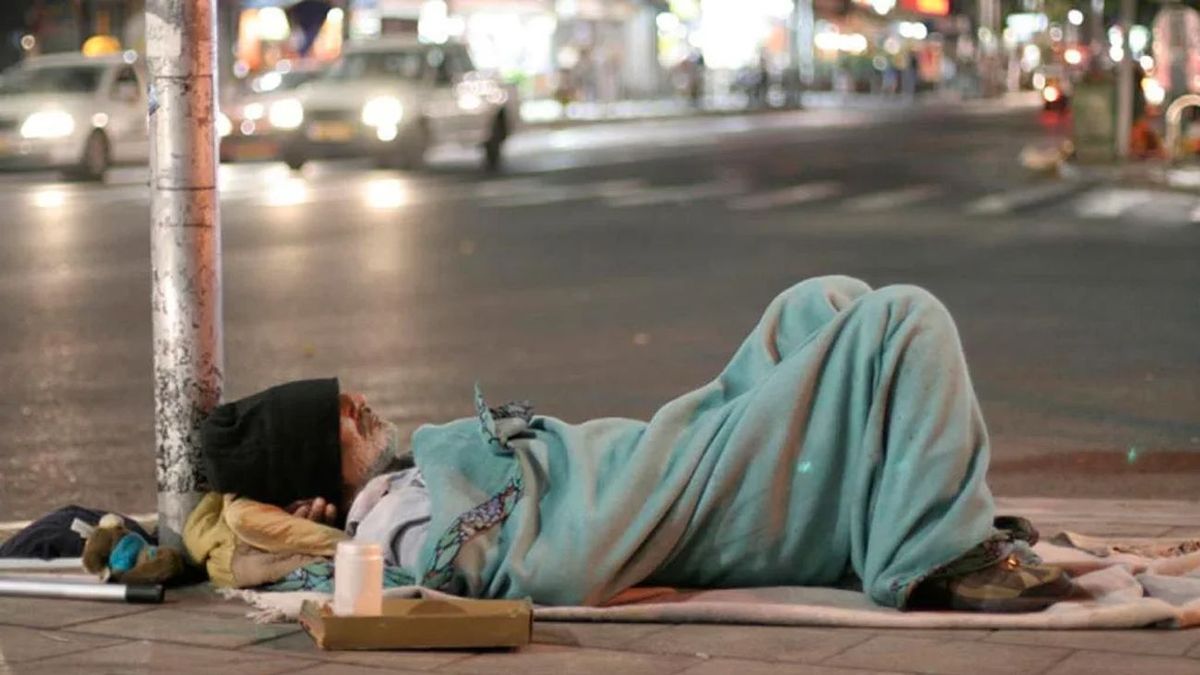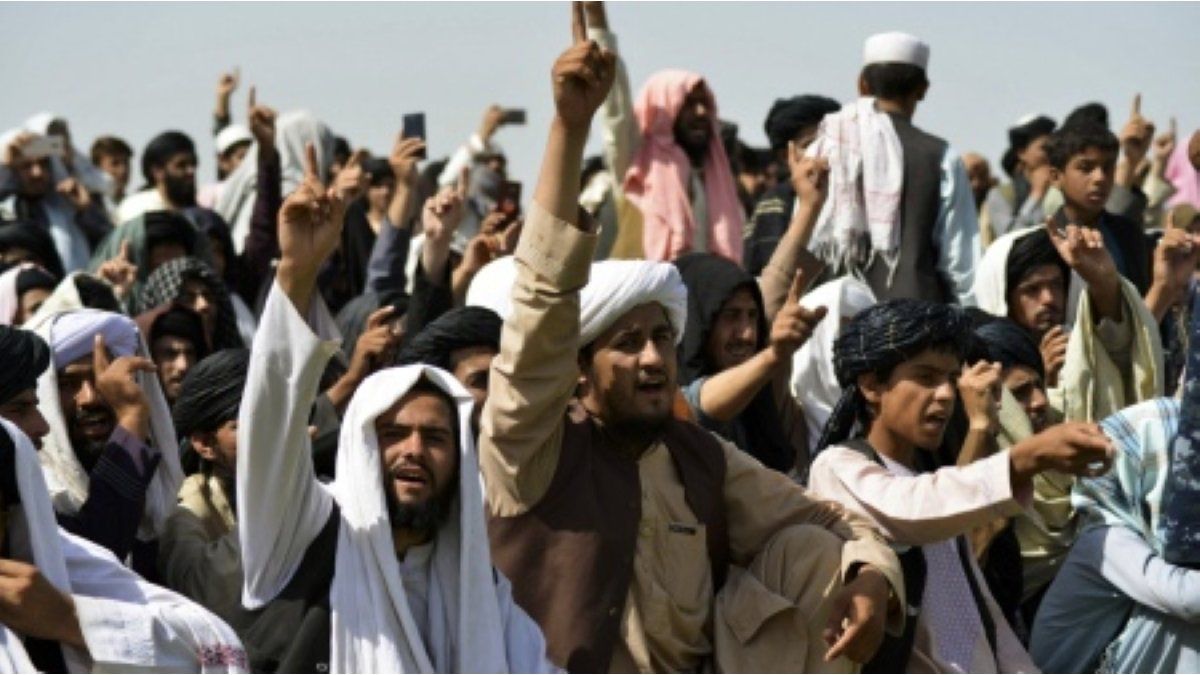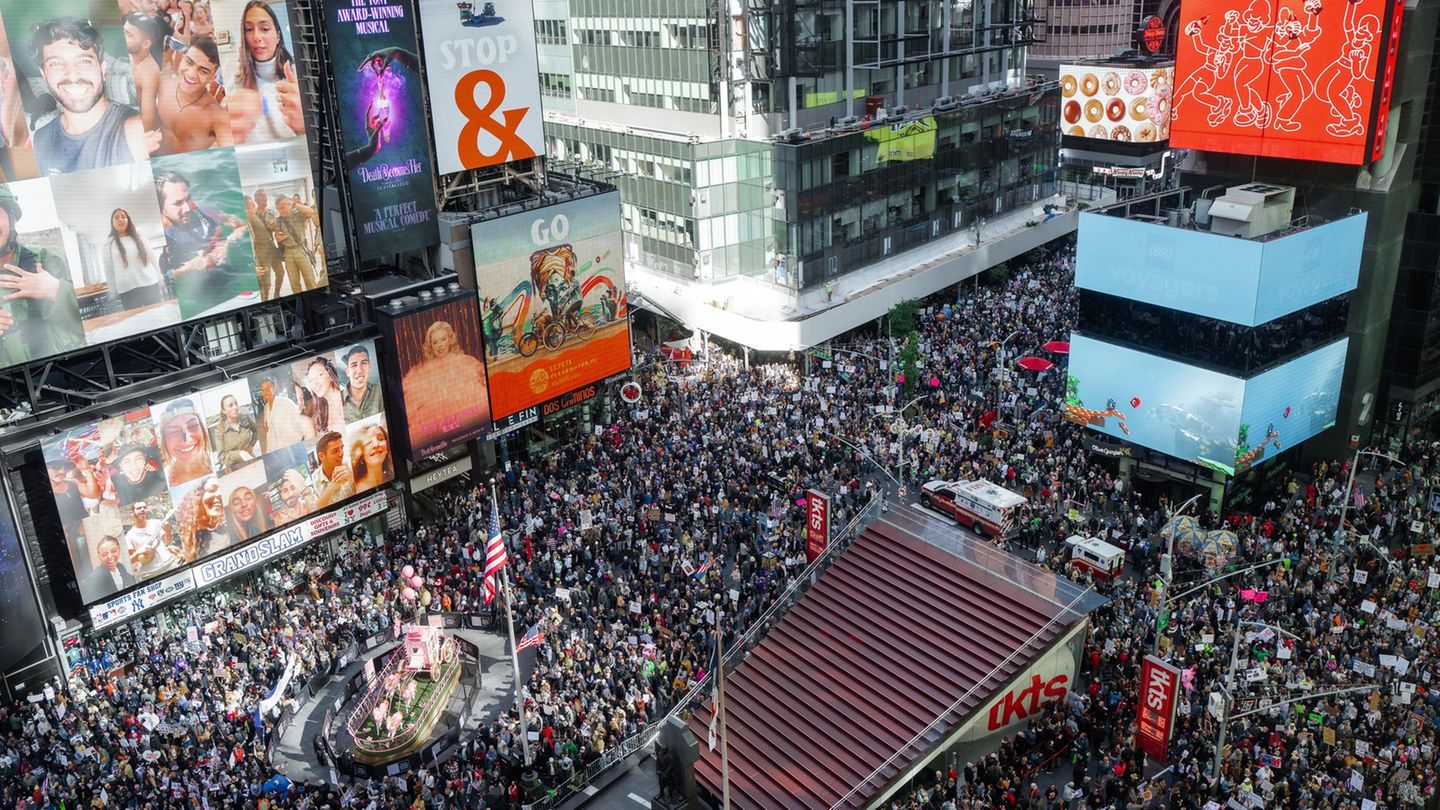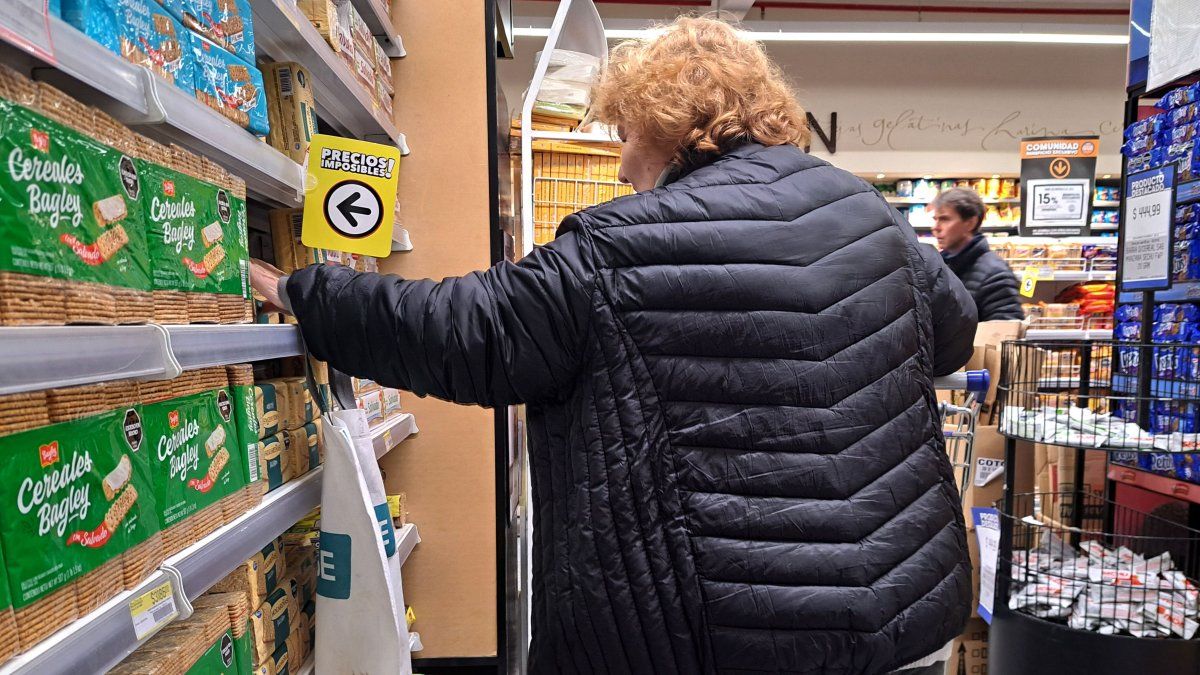The poverty reached 27% of individuals and indigence reached 10.2% in the Buenos aires city for him second quarter of 2023, according to the Buenos Aires Statistical Center. This data anticipates the national statistics measured by the INDEC that will be released this Thursday, although it measures the first half of 2023, which does not take into account the impact of the devaluation.
According to official Buenos Aires data, the poverty It represents 21% of households (288,000) and 7.5% of them are in a situation of indigence. Regarding individuals in a situation of indigence, 27% respond to 830,000 people and 10.2% to households. In the year-on-year comparison, there is a increase of 57,000 homes and 103,000 people in poverty. It is highlighted that most of this expansion corresponds to the indigence.
For its part, the drop in income of the population in CABA, the level of the middle class also deteriorated, which already represents less than half of the population (49.4%). 12.2% of households are in a vulnerable situation, 8.8% of the medium-fragile sector, and only 8.3% of the well-off sectors.
Screenshot 2023-09-25 105357.png
According to the report, although employment in the City is reaching a new record, the expansion of income is not enough to maintain life conditions of the population at the levels of the previous year. The increases in labor income and non-labor are well below the rise in prices.
Within the first, the loss of real income It occurs in all occupational categories. The living conditions of the City’s homes are deteriorating across the board, affecting access to basic baskets and reducing the weight of the middle and wealthy sectors.
Poverty and in particular indigence They reach incidences of the highest in the series that began in 2015; They are only surpassed in the pandemic. Among households in poverty, more than a third do not have sufficient income to afford a basic food basket (35.4%, compared to 29% in 2022).
The homes in poverty along with those who are in vulnerable situation They make up the aggregate of households in vulnerable conditions, which in the period represent a third of the total population. 40.2% of the City’s population resides there.
Finally, it is highlighted that the participation of wealthy sectors and, to a greater extent, middle sector, in favor of the sector in vulnerable situations.
CABA: poverty measured by gender and age
In the second quarter of 2023 and as usually happens, some groups are more impacted by poverty than others. It is worth highlighting the households headed by women (where the incidence of poverty is 24.4%, compared to 18.0% with a male head), on the one hand unemployed person (3.3 times higher than the total incidence), or for a busy in domestic service (49.7%). Also to households that are located in the South zone (33.2%) and those that have children under 14 years of age (34.9%), the latter with incidences of poverty and destitution increases with the number of children in the home.
On the other hand, the portion of households with the presence of older adults who are in poverty situation is below the average (15.7%) and reduces with the number of people over 65 years of age in the home, as a result of the wide retirement coverage which guarantees a minimum income.
It is highlighted that the 39.6% of children and adolescents (0-17 years) reside in homes in ccondition of poverty (271,500 people in that age group). A year ago, the figure was 38.4%.
Screenshot 2023-09-25 104736.png

Poverty: what per capita family income is like in CABA
He family per capita income of households in indigent condition is $21,303 and that of those suffering from non-indigent poverty is $53,855.
On average, $68,476 would be required to be transferred to each household in poverty to escape that condition. That income gap It represents, always on average, 37.6% of the total basic basket.
Source: Ambito




